2 tips to speed up your writing process
The arts and crafts of getting more done: get out your scissors and glue!
In my earlier post about flexibility and how to stay productive in times of turmoil (or emptiness) I stressed the importance of continuity mixed with flexibility. Both factors are vital to “get things done”. But what if you still find your writing slow, or your mind just not in the mood to paint those colourful pictures with words? What if you’re fed up, or stuck, or uninspired?
Even when you’re not, you can work more effectively, and I found two things that work for me, and they can also be combined for maximum impact: Slowing things down, and combining them differently.
Cutting it off in the middle
 What almost every writer experiences when s/he is working on a story is that it haunts them. Ideas hit in the middle of the night or in the shower, or in the supermarket. Our brain will silently work on the plot, characters, dialogue, whatever, even when we’re not sitting at the desk. We can use this mechanism.
What almost every writer experiences when s/he is working on a story is that it haunts them. Ideas hit in the middle of the night or in the shower, or in the supermarket. Our brain will silently work on the plot, characters, dialogue, whatever, even when we’re not sitting at the desk. We can use this mechanism.
I often couldn’t write on once I was physically ready to write, staring at the screen, wondering how to start the next chapter or scene, or why something was missing that I couldn’t pinpoint. The flow was gone, the “flowing out of me” of words. It was, literally, a blank page staring back at me, because I had nothing to play with. Everything was said and done. If the former scene was finished, the cut after it was clean, I was left with no setting, mood or props to play with the next day. Or to let my brain unconsciously work with while I was away from the desk. So I tried to establish these ingredients for every scene as rich as I could, and started writing as far as I could, but didn’t stop AFTER the scene, with a clean cut — instead, I cut it off in the middle, or close to, but not WITH the end!
That way, when I take a break, my brain stays IN the scene, WITH the characters, their moods and the setting, because it’s not ticked off yet! And I have all the props and moods my characters used or would later on need still at hand. Then I walk away, do my non-writerly tasks, and let it all simmer in the back of my head. And it works! Scenes and dialogue for the unfinished scene and the next ones come easier now. My brain will just continue to play (with) the scene and continue. Even when I already know how a scene should end, I don’t “end it clean”, I try NOT to finish a scene, then take a break and go away!
That way, I get so many more ideas out of a scene by letting it simmer, that whenever I come back to continue, I never falter or hesitate. With an unfinished scene, I can read back, and immediately know how to go on to finish it. My brain played with the stuff that was already there and I can now use it all to finish the scene AND move on and cross into the next. There, again, I finish somewhere in the middle of that next scene to feed my unconscious with all the stuff that makes the scene, and let it cook in the back of my head. It works. I’m more productive, more “into” my writing while I’m not writing, and rarely lost for words when I return to the laptop.
Stringing it all together 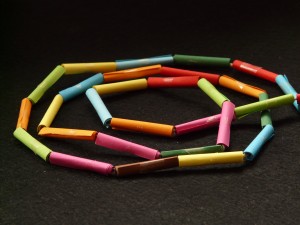
My second finding for more productive writing came with luck and a hole.
I had too much writing time, suddenly (if that can ever happen), because I had the huge novel draft finished and resting, and the family left me behind for a few days (yay!). I took a day or two to just relax and unwind and forget about the long story I wanted to detach from. So there was time, a hole that needed filling, and my writing buddy luckily had the same “problem”. So we hooked up and spent the most productive days together, which then continued into weeks even when the family and daily routine were back.
So this works best with someone at your side, but you can also do it on your own.
I completely abandoned editing, research, and thinking about the many little tasks around it, in favour of just writing. I got up in the morning and went to bed at night with just the one shorter story idea in mind and my writing buddy at my virtual side. We each had a new short story idea, and first chatted to get into the mood, brainstormed together to help each other with the plot points, and then set to work, just writing, letting it flow. And just for fun, no pressure!
We wrote two novellas each, and I added two short stories to that, within two weeks. Because we didn’t sidetrack at all. We focussed on just the one project of love at hand, wrote straight through for a few days, and directly started the next story, like a chain! Fun was key, we chose the projects that were
- fun
- doable in the time frame
- easy to write (no complicated subplots)
- inspiring
- without pressure
We didn’t plan to be great or very original. But you know what? Because the fire of inspiration and fun was there, the stories became really good, much better and deeper than we’d thought. We even pantsed them! We are proud of them now, and they easily go into our portfolio of stories to be edited for further use.
Creative palate-cleansing
Our creative batteries weren’t emptied during those long writing days, but charged more with every scene we finished. It was writing paradise. I could let go and just write, because there was no pressure involved. It was meant as a creative palate-cleansing after the strain of finishing the novel-draft. But out came something good, resulting from the sole focus it received. A clean page. This:
 And after that? We spent another two weeks in a row JUST editing.
And after that? We spent another two weeks in a row JUST editing.
Yes, this stringing together also works for less creative processes!
Again, we virtually met several times a day and committed to just editing the one project, swapping results, nothing else, no distractions. We powered through in record-time, and again, had very usable results. Main factor: immediate exchange. Whatever we had accomplished, sometimes less, sometimes more, we exchanged right after the writing session, for reassurance and light critique. Whenever one of us sidetracked, we steered each other back on track. That way, we didn’t write thousands of useless words, and could enjoy the direct, honest feedback, which in turn keeps the creative juices flowing for much longer than if you worked on your own. Distraction was kept at a minimum — and there was little pressure to be great!
Combining the two methods
So we had, in fact, two weeks of just creativity flowing freely, and then two of just editing the results, without any other distractions that usually drain the flow and focus. Instead of tinkering with several stories at the same time, adding, cutting, revising here and there, we focussed all our energy on just the one project. First, for the writing, then for the editing. After that, the next story. Always only one at a time. That way, we got so immersed in the story and characters that they never left our heads and happily lived there until we were (after only short breaks) ready to sit down again and continue. And I combined this technique with the aforementioned cutting off-method, and always ended and started WITHIN a scene, so it was very easy to pick up where I left off.
But, alas, the family returned, kids again got sick or had holidays, and the flow was broken once more. But I have learned something important about how I function best: focussing on just one story, for as continuously as possible, and with immediate feedback. This works for both, either writing or editing.
Would you try these two methods? What is your writing process and which new techniques have you learned? How do you overcome blocks, the chaos of life, and in your head? Let us know in the comments! I always love hearing from you.

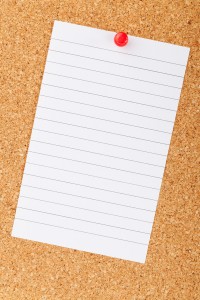

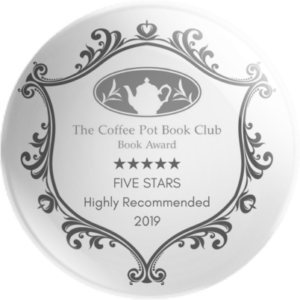
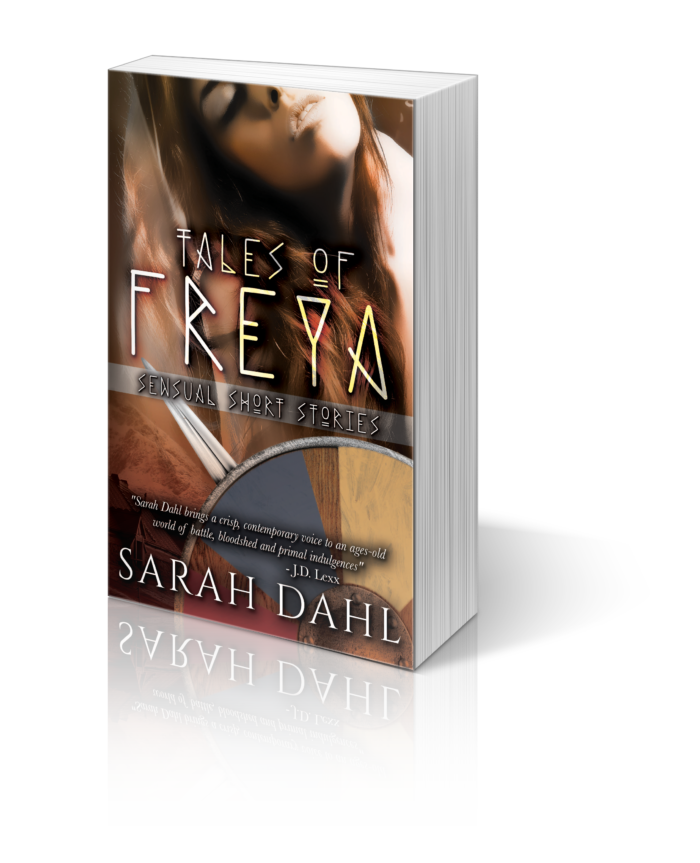
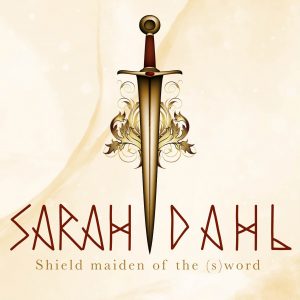
Comments (0)